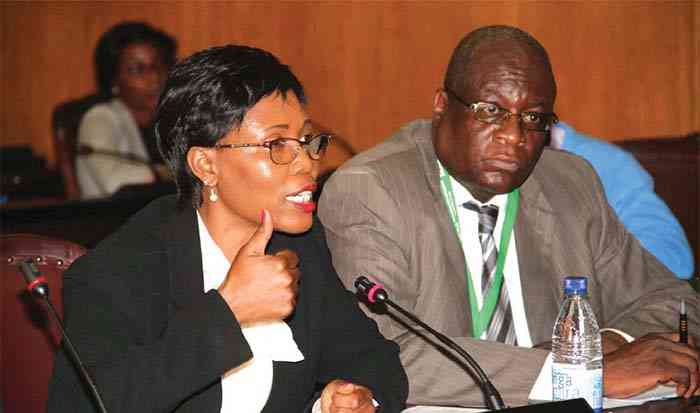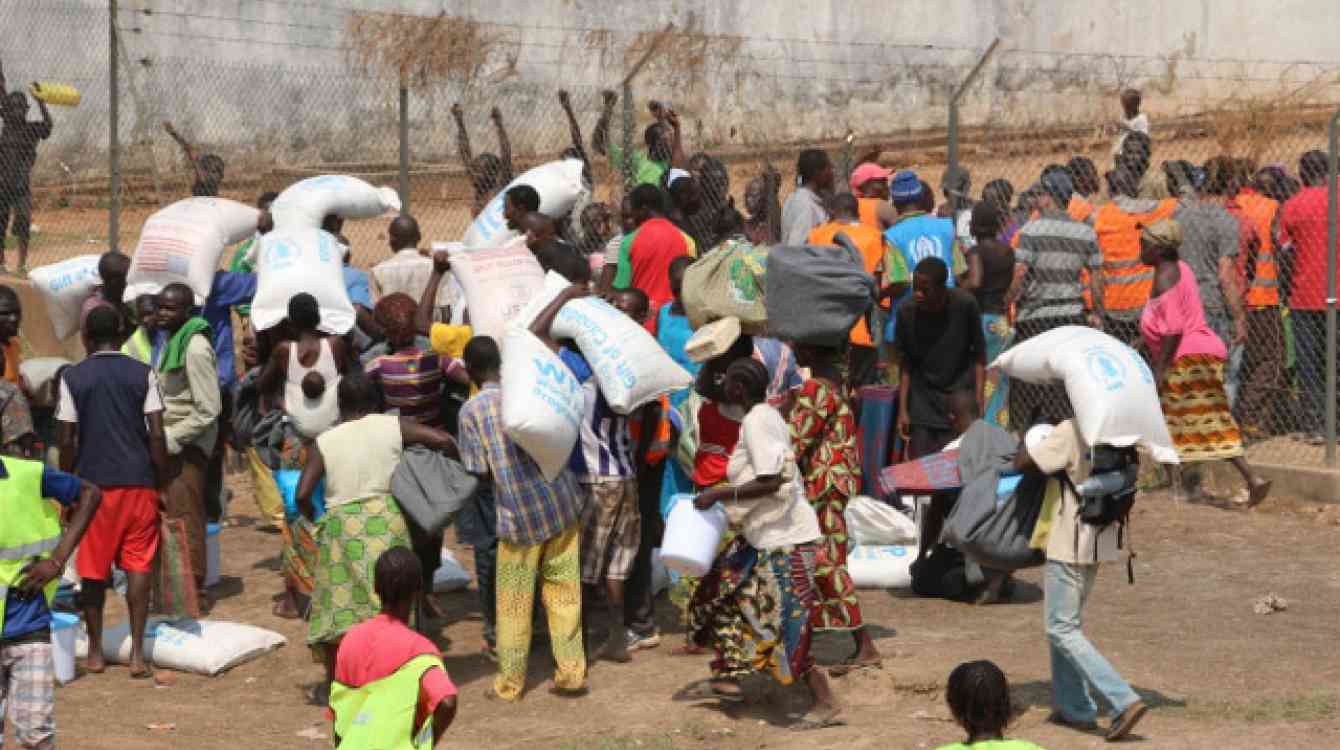
In a Sunday paper early this month, Energy and Power Development permanent secretary Gloria Magombo made interesting remarks on the state of power generation and consumption in Zimbabwe. The remarks came in light of heavy load shedding nationwide, and serious concerns over power generation in the country.
Importantly, the permanent secretary pointed that Zimbabwe was importing 300MW from South Africa, Zambia and Mozambique. In the same vein, the Zimbabwe Electricity Supply Authority stakeholder relations department admitted to this, and pointed that independent power producers (IPPs) had increased their power generation by 56% (98,51 GWh) in the first quarter of 2022. This contribution appears extremely insignificant in light of the fact that in the first six months of 2022, Zimbabwe imported 972GWh of power. What this means is that there is still some way before IPPs can meaningfully contribute to national power gneration, and obviate the need for power imports. Yet, we need this class of power producers. The question that arises is whether we have a conducive financial environment for IPPs to scale up their production and increase their contribution. Is the electricity sector a viable sector for private investment?
The Electricity Act [Chapter 13:05] which was adopted in 2002 went some distance towards liberalising the electricity sector and allowing private sector participation in generation in Zimbabwe. Consequently, following its passage, there has been significant investor interest in financing independent power producers (IPPs) in Zimbabwe.
However, this interest has not materialised into actual investment as, of the 74 IPPs licensed by the Zimbabwe Energy Regulatory Authority, only 18 were operational and producing only up to 13,2MW of power and feeding into the national grid. Zimbabwe requires approximately between 2 000MW and 2 200 MW on a daily basis and the current demand outweighs supply while available supply capacity is around 1 300MW. This abysmal performance should be a major concern for policymakers, particularly in light of the persistent power shortages bedevilling the country.
A comprehensive view of business investment in Zimbabwe needs to take account of four basic factors: (i) the desire for investment; (ii) the availability of funds to pay for the investment; (iii) the cost of capital, including the influence of the incentive system; and (iv) the regulatory and institutional environment.
A number of reasons have been cited for the low investment success rate among IPPs in Zimbabwe including the severe liquidity challenges being experienced in the country; and a lack of accessing to funding for project preparation by IPPs points out that the challenges IPPs are facing in accessing funding are in part due to the large arrears the country owes to international institutions blocking the flow of new capital.
Observers point to the need for policy consistency on the part of the government. Most investors worth their salt always raises the issue of shifts in policy directions which has an adverse effect on project viability. Of particular concern is the currency instability – which always raises uncertainty on the part of investors on whether they would be able to repatriate their profits in hard currency.
Some of the challenges that have affected and hindered IPPs include administrative challenges in obtaining regulatory approvals, availability of sovereign guarantees, currency risk, land acquisition challenges, political risks, absence of a viable and cost-reflective tariff and currency convertibility issues.
- Zim has 2nd highest rising food prices: WB
- 'Market discipline difficult to maintain'
- Govt policy unpredictability destroying formal economy
- UZ fiasco shows govt is aloof
Keep Reading
It is argued that promoting access to private sector investment requires good governance and an enabling environment and governance to promote private investment should integrate an effective legal, policy and regulatory framework, enforced by the public sector. Without doubt, the turnaround times in the licensing and generation tariff approval processes by the regulator are far too long.
Such delays significantly stall the investment approval processes by financiers, who require the generation tariff to make their final investment decision, resulting in projects taking much longer to reach financial closure.
Political interference has also been cited as a hindrance to investors, particularly in the licensing and tariff determination processes. The provisions of Section 35 of the Energy Regulatory Authority Act [Chapter 13:23] permit political interference; the provisions do not give the regulator any autonomy in the exercise of its role and function.
The section grants the Minister of Energy and Power Development power to give directions to the power utility relating to the policy it has to observe in the exercise of its functions, including in particular relating to tariffs chargeable by licensees. As a result of this provision, the tariffs obtaining in Zimbabwe are hardly cost reflective and sufficient to give a return to an investor as they are highly controlled by government. Clearly, the final tariff is not reflective of the offtaker’s cost structure, which is a threat to the solvency of the offtaker that could hinder its ability to pay for the power it procures, including power from IPPs. Indeed, it is not a surprise that the final tariff charged reinforces the offtaker’s natural monopoly power, preventing IPPs from selling power directly to consumers like large intensive users, because IPPs cannot compete on price.
So, what have been policy imperatives exist in support of IPPs in Zimbabwe?
The promulgation of the National Renewable Energy Policy in 2020 was aimed at addressing some of the challenges observed above.
The Policy aims to promote investment in the renewable energy sector by providing specific incentives, for instance, by providing National Project Status to all renewable energy projects so as to unlock insurance and pension funding.
It also recommends specific incentives for promoting third party sale of power including the reduction in licensing fees, relaxations in licensing requirements for renewable energy projects and favourable tax incentives and rebates.
The Policy further provides for various procurement methods that can be used to procure power from renewable energy generators. Some of them include sale of power to the Transmission and Distribution utility in the country, Feed-in Tariffs (FiT) for small hydropower, biomass, and geothermal projects are recommended, competitive bidding for solar photovoltaics (PV) and concentrating solar power (CSP).
To streamline and address the development risks associated with the promotion of the uptake of renewable energy in the country, the policy outlines and suggests well-defined approval timelines for the administrative processes.
The Policy recommends setting up of a Nodal Agency whose role would be to facilitate the processes of obtaining approvals from different authorities and departments, and also to monitor the progress of development of renewable energy projects. It seeks to address land acquisition through land auctions by the Government for the development of renewable energy, particularly solar and wind energy projects.
To enhance access to financing, the policy seeks to set up a Fund called Green Energy Fund of Zimbabwe for the promotion, development and the extension of financial assistance for setting up of projects relating to new and renewable sources of energy and off-grid sources. For a period of one year from its inception, the Fund shall be administered by the Rural Electrification Fund (REF), and the Ministry responsible for Finance shall also oversee the management of the Fund.
Thereafter, it shall be managed by Infrastructure Development Bank of Zimbabwe. It also encourages renewable energy projects to tap funding from pension funds, insurance funds and bond markets through the Prescribed Asset Status mechanism among others. The major drawback in this policy provision is that it is not even stated how the fund will be financed. The policy is conspicuously silent about that.
It therefore remains to be seen how the policy will promote the development of IPPs, more so given the policy challenges that have been outlined above. The policy can only be effective in an environment where there is policy consistency and the political environment is stable and conducive for investment.
As was observed by the World Bank in 2004, for any private financing of infrastructure projects to happen, policies, institutions, and regulation bottlenecks would need to be cleared. This remains true to the bone.
The Zimbabwean environment need to be shaken and recalibrated first if IPPs are to succeed and become significant contributors to power generation.











